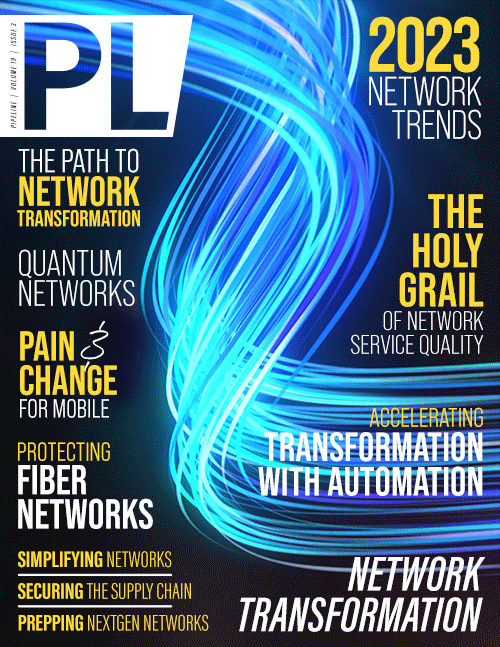Next-Gen Networks Demand Increased Access
By: Steve Weaver

Gartner defines next-generation networks as “the evolution and migration of fixed and mobile network infrastructures from distinct, proprietary networks to converged networks based upon IP.” Businesses are no longer tied to traditional networking that uses hardware devices to control routers and switches, as these solutions are difficult to secure and scale. Software defined networks and hyper-convergence innovations are the latest networking approach, enabling the control and management of enterprise networks via software solutions and virtualization technology for better performance.
The promise of software-defined networking
Software-defined networking holds substantial promise for radically changing how networks are built and operated by reducing cost, improving performance, and increasing functionality. Replacing the point-to-point circuitry of traditional networks that use physical cables to connect components, software-based networks create virtual channels that IT teams can reconfigure rapidly using software that can connect to multiple endpoints.
The next generation software-based dynamic network means that IT staff won’t need to physically visit locations to configure network devices. The result offers a highly flexible network that can adapt to changing data traffic patterns, segment and prioritize traffic on demand via quality-of-service (QoS), and allocate bandwidth based upon use cases or class-of-service (CoS). Data pathways can layer on top of each other while remaining segmented, so data doesn’t cross virtual barriers. In this manner, network traffic can be highly secure, meaning critical data can be segmented, remaining classified from other portions of the network. This allows secure encrypted traffic to traverse the same paths as standard data while inhibiting intruders from accessing the entire network.
Colocation acts as a network hub for network possibilities
To build a next-generation network for the organization, businesses will need access to diverse products and mediums such as local and long-haul fiber, metro-ethernet, Gig-E, the types of carrier products that provide larger pools of bandwidth, and more diverse routes. This is where colocation and hybrid IT enter the picture. Hybrid IT is the idea of tapping into various types of infrastructure to develop an architecture that works best for the workload in question. Whether it’s any combination of colocation, private cloud, and public cloud, hybrid IT and colocation allows customers to create a best-of-breed approach that offers access to advanced network solutions. With colocation as the network hub as well, businesses can connect to carrier providers and springboard their network to a global reach.
Carriers select colocation providers as locations to deploy new products and services. Rather than go across town via a circuit, businesses can set up direct connections from their collocated IT environment to a carrier within the same building. This allows for low latency, high bandwidth throughput, low cost, and high reliability in uptime, due to the clean, managed, secure environment. Ultimately, businesses come to colocation because they can get the most affordable solutions with a host of supplier solutions contained easily in-house.
As businesses continue to adopt cloud, mobile solutions, data intensive technologies, and leverage the everywhere infrastructure that come with hybrid IT, the expectations for rapid network
provisioning and automation will expand beyond what existing point-to-point networks can provide. Building an SDN network architecture can reduce capital expenditures and simplify network
operations.



















